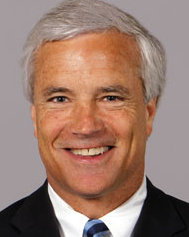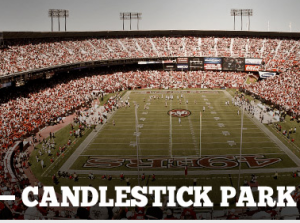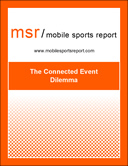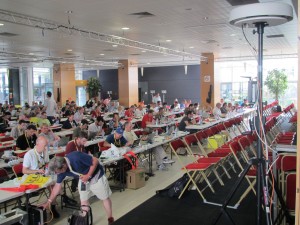Mobile Sports Report got a call from Panthers president Danny Morrison last week, and the head cat in Charlotte couldn’t be prouder of the network bringing bandwidth to Panthers fans, a deployment done through a partnership between the team and telco giant AT&T. According to Morrison the Panthers started talking with AT&T about an in-stadium network after seeing what AT&T helped build at Cowboys Stadium for the Super Bowl in February of 2011.
“We entered into a partnership [with AT&T] and did a soft launch last season,” Morrison said. After testing and tweaking (including a full-bore tryout at a Kenny Chesney concert in June) Morrison said the network was ready to go this season, along with a new team app designed by YinzCam, a relatively unknown Pittsburgh firm that has quietly become the stone cold leader in NFL and sports-team app development. [Editor’s note: Look for a YinzCam profile soon!]
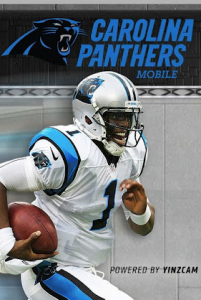 “The app is fantastic, you can grab all kinds of video from the [game production] truck, different replay angles, everything,” Morrison said. Even though we asked politely, Morrison didn’t disclose the terms of the network-building deal between the team and AT&T, other than to call it an “excellent partnership.”
“The app is fantastic, you can grab all kinds of video from the [game production] truck, different replay angles, everything,” Morrison said. Even though we asked politely, Morrison didn’t disclose the terms of the network-building deal between the team and AT&T, other than to call it an “excellent partnership.”
Though the stadium also has an upgraded Distributed Antenna System (DAS) to help with straight cellular connectivity, the Wi-Fi network is the star of the show, and according to Morrison it’s all there to increase the enjoyment of the ticketholder. When we asked him if the network was put in perhaps to help drive revenue — sell more concessions, help with team operations like ticketing — he said all that matters right now is making fans’ phones work better so they can enjoy the unique experience of a live gameday that much more.
“When fans go to games, they want to send pictures to their friends, and see data from other games,” Morrison said. “That’s the world we live in. But there’s nothing like the experience of being inside the bowl at an NFL game. If you can add to that experience, it bodes well.”
Cisco Scores at Barclays Center
This is a late update (we just saw the press release blog) but it is good news for Cisco’s Sports connectivity group, a big win for the stadium Wi-Fi and digital signage biz at the Barclays Center in Brooklyn. We are on the horn to Cisco folks and will try to get a more in-depth interview for next week’s column so stay tuned.
